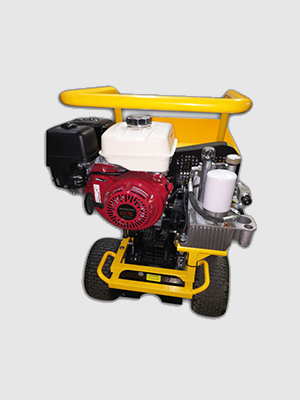
Spray fireproofing implies spraying any compound in such a way that covers a particular surface properly in order to supply it with fire resistance. The trade name for Spray Applied Fireproofing is Sprayed Fire-Resistive Product (SFRM). It is utilized as part of a building's passive fireproofing strategy. Spray applied fireproofing has thermal and acoustical properties and controls condensation. Nevertheless, its primary usage is in insulating steel and metal decking from the heats found during a fire. Spray applied fireproofing can be sprayed onto steel to insulate it from the heat of a fire, thus conserving lives by supplying adequate time for individuals to leave the building. The material can be cement based or fiber based because both materials have UL testing to make sure security. Sprayed fireproofing can be utilized for different materials like wood, fabric, structural steel and more. They do this by thermally insulating the structural members to keep them listed below the temperature levels that trigger failure. It has been known for nearly a hundred years that structural steel fails rapidly when warmed by fire. A short time later, constructing codes started to require protection of the structural steel in fire-resistive structures and ranked the levels of security as it did fire division walls (one-hour, two-hour, and so on). The earliest forms of defense were to frame the steel columns and beams in terra-cotta (baked clay tile), concrete, or masonry. Later on, gypsum plaster applied to wire lath was used, to reduce the weight of the fire protection. Numerous layers of plaster drywall board were likewise used to reduce the labor required for setup. This approach is still in usage today.
When applying a fireproof finish to structures, it is essential for the product to dry within a specific amount of time. While some fireproofing sprays consist of chemical accelerators to speed hardening, they still produce a considerable amount of wetness during the application procedure. By the way, the fire-resistant product may be more hard to dry than drywall or cement. Without the best ambient conditions or building and construction drying services, a professional might face hold-ups and unintentionally develop safety dangers. Sprayed Fireproofing Process
The specific qualities of each product, the manner in which they are ready and Additional hints applied all impact the fire-resistive qualities of SFRM material. One of the most important aspects for an effectively installed SFRM is its applied density. Sufficient insulation is offered to mitigate the passage of heat from a fire to the structure being safeguarded just if appropriate SFRM density is ensured.